The Grumman F6F Hellcat is a carrier-based American aircraft from World War II era. The aircraft was designed to replace the F4F Wildcat along with the intention to counter the Japanese Mitsubishi A6M Zero. This aircraft served its purpose as the US Navy’s dominant fighter during the Pacific War.
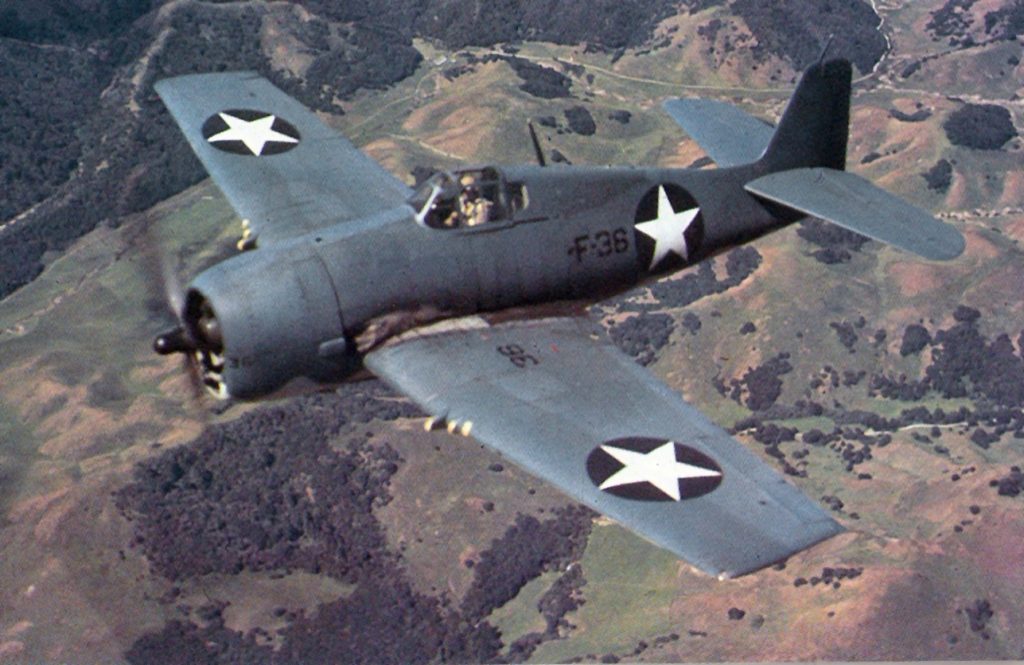
This aircraft was able to compete on par with the Vought F4U Corsair. The Grumman F6F Hellcat actually performed better than Corsair as it had troubles in making carrier landings. In the end, Corsair was used by the US Marine Corps for land-based carrier missions.
The Grumman F6F Hellcat was powered by the 2000 HP Pratt & Whitney R-2800 Double Wasp engine. The aircraft used the same engine as both the US Maine Corps Corsair and the USSAF’s Republic P-47 Thunderbolt fighter aircraft. Although Grumman F6F Hellcat was of completely new design, it still resembled Wildcat in many aspects. Some of the military experts also dubbed Hellcat as the Wildcat’s big brother.
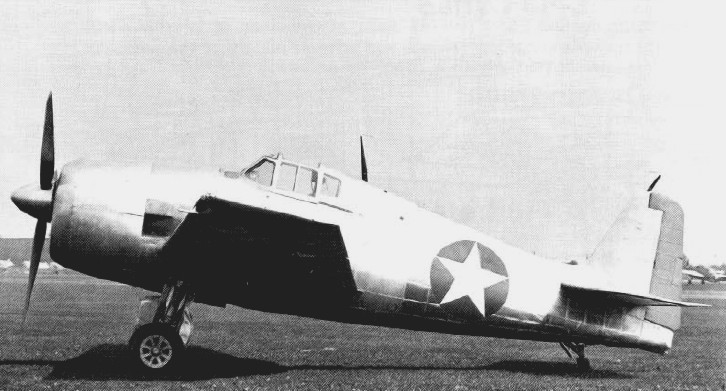
The Grumman F6F Hellcat made its first debut flight back In September of 1943 and was renowned for its roles a rugged and well-designed carrier aircraft that helped the US Navy maintain their air superiority over the Pacific. In just a span of two years of its production, nearly 12257 of these aircraft were built.
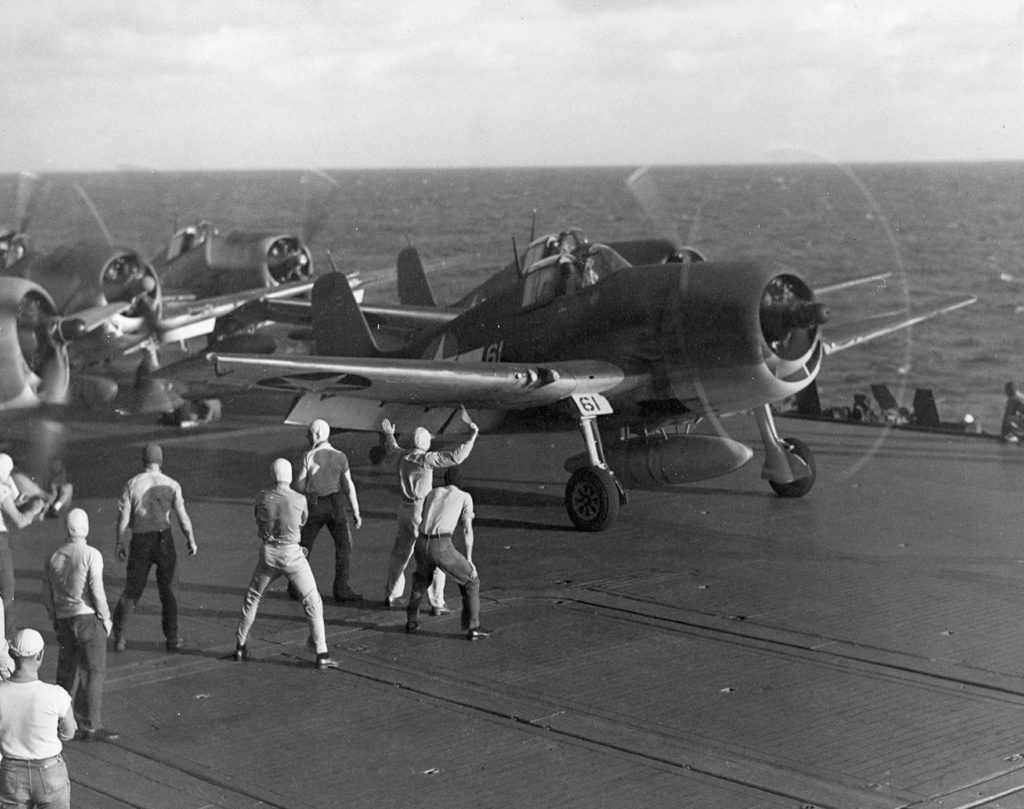
The aircraft served its purposes well as it was able to destroy nearly 5223 of the enemy aircraft in it service for US Navy, US Maine Corps and for the Royal Fleet Air Arm.
After World War II, the Grumman F6F Hellcat still remained in service until 1954 and served its purpose as the “Night Fighter”.
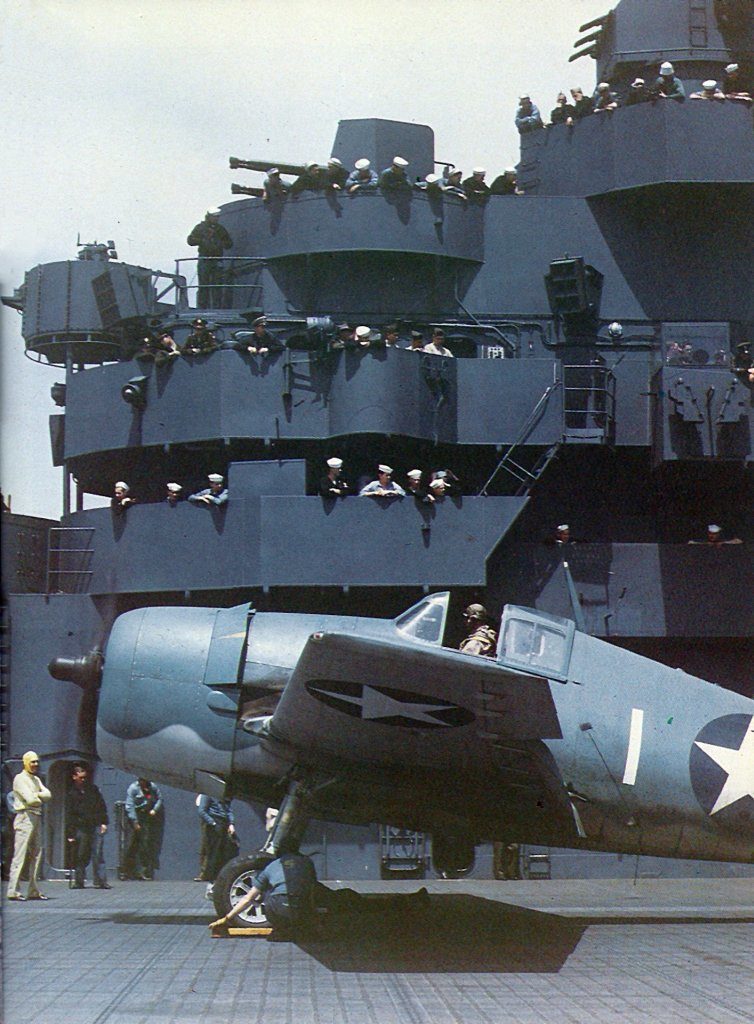
For our readers today we have gathered a bunch of amazing facts about the Grumman F6F Hellcat which are as follows.
Design built on F4F Wildcat:-

The Grumman F6F Hellcat was designed as a part of an improvement project of another Grumman aircraft known as F4F Wildcat. During the war of the Pacific, US Navy pilots used the F4F for both land bases and aircraft carriers. Due to the constant rise in the weapons technology during the war, Americans were keen on finding a new and improved design which could prove to be effective in the war.
Fast development:-
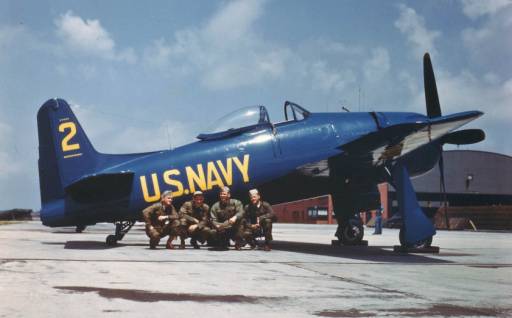
The Grumman F6F Hellcat was designed and produced both at an accelerated speed. The aircraft’s first prototype was ready to take its first debut flight back in September of 1942. After that, the first fleet of the Grumman F6F Hellcats was deployed to the US Navy in the Pacific by August of 1943.
Engine:-

The aircraft was equipped with Pratt & Whitney R-2800 Double Wasp engine which was 18 cylinders, two rows, air cooled and a radial piston engine. The engine was able to generate a power of almost 2000 horsepower or 1500 kilowatts.
Speed:-

The maximum speed ever recorded in flight for the Grumman F6F Hellcat was at 386 mph.
Altitude:-
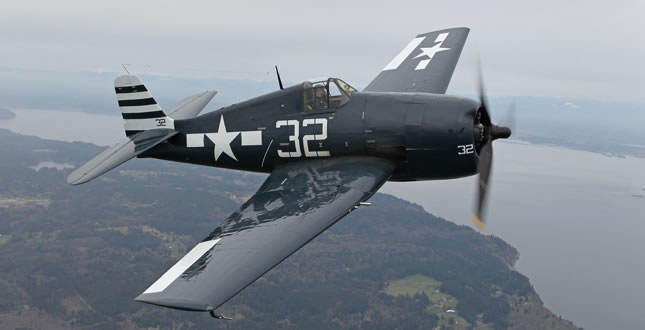
The Grumman F6F Hellcat was designed to perform well at the high altitudes. The aircraft was able to reach the maximum altitude of about 37000 feet at t a rate of 3410 feet per minute. Due to its superior altitude climbing rates, the Hellcat served its purpose of a carrier aircraft against the enemy’s high-level bombers and low-level attacks from fighters and kamikaze aircraft.
Largest Wings of War:-
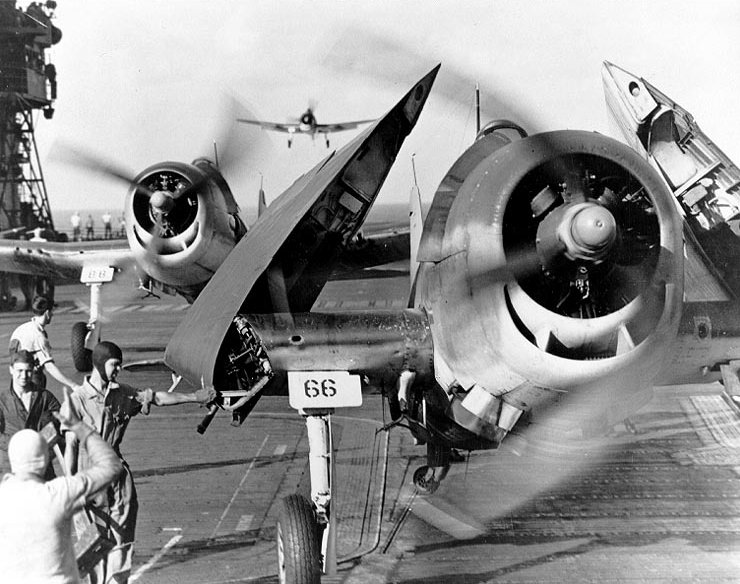
During World War II, the Grumman F6F Hellcat had the largest wings than any other fighter from the Allied side. The wing area was measured to be about 334 square feet. Due to the shortage of the space on the aircraft carriers, the wings of the aircraft which were designed to be folded were folded away.
Weapons:-
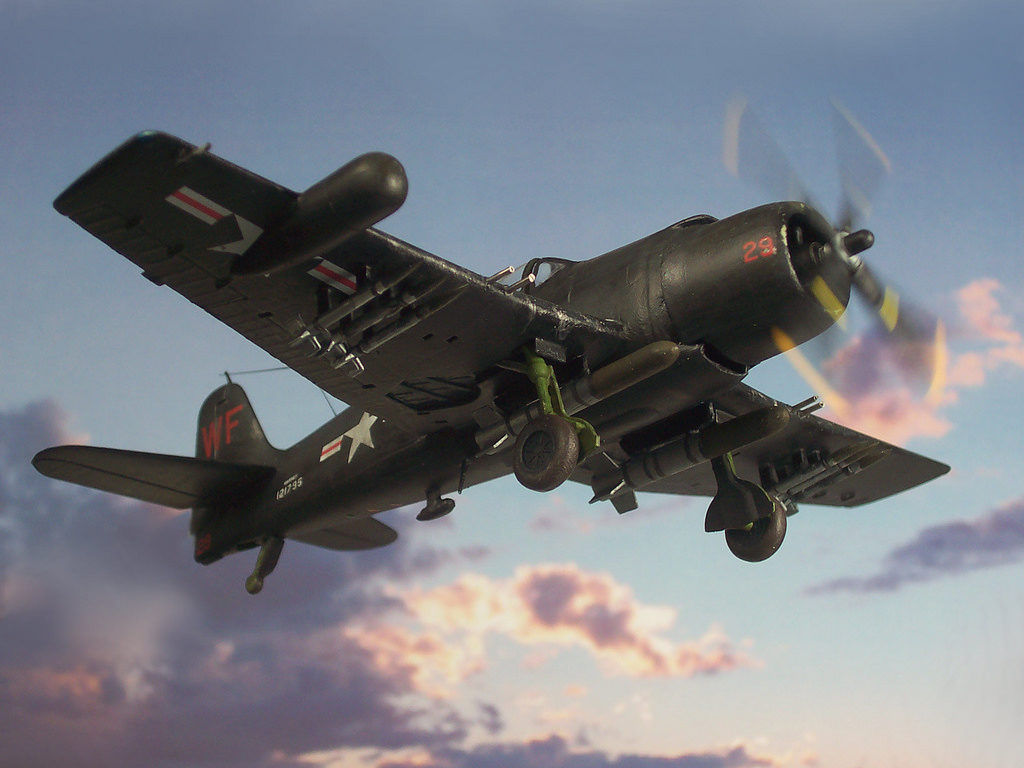
The Grumman F6F Hellcat cam equipped with six 0.5in Browning Machine Guns that could be fitted on the outer section of the folding wings. Each machine gun was then supplied by 400 rounds of bullets.
In addition to this, Grumman F6F Hellcat was also able to carry almost 2000 lbs of weapons which were used to drop on the Japanese ships or were used on the attacking ground troops against the Allies. These aircraft were used to drop the bombs over the ground troops as the Allied forces marched on their campaign to seize the Japanese mainland.
Shifted the tide of war:-
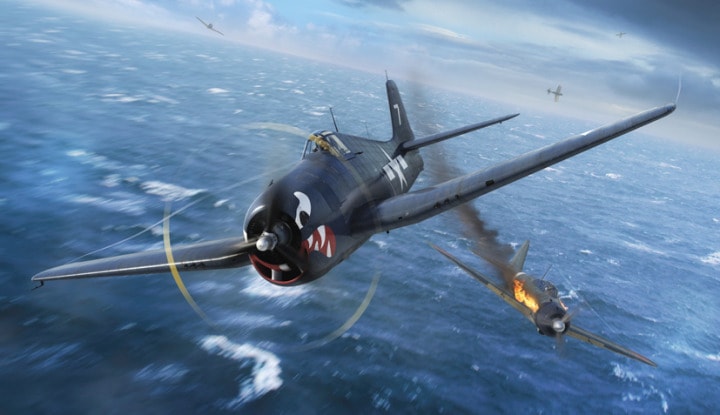
As soon as the Grumman F6F Hellcat entered the US Navy’s service, it shifted the tide of war into America’s favor. The very first large battle fought by Grumman F6F Hellcat was back on December 4th, 1943 fought in the Kwajalein area. During this fight, 91 Hellcats fought against the 50 Mitsubishi A6M Zero aircraft which at that time was one of Japan’s most successful fighters. During this fight, Hellcats destroyed 28 of the Japanese fighters while they only lost two of their own.
Mass Production:-
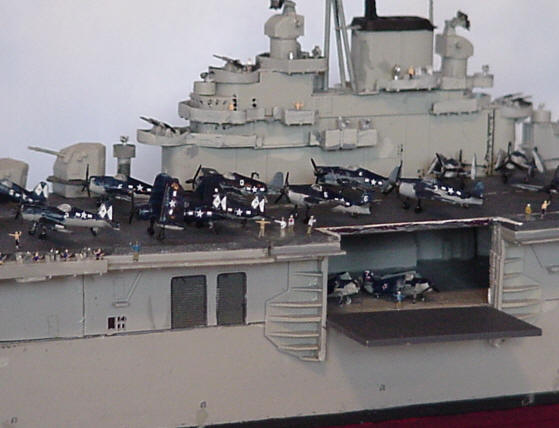
The aircraft was of unique design as only a few of the changes were required to mass produce it. In a span of two years, nearly 11000 of these aircraft were built. A total of 12272 of the Grumman F6F Hellcats were manufactured by Allied forces.
Fighting at different corners of the world:-
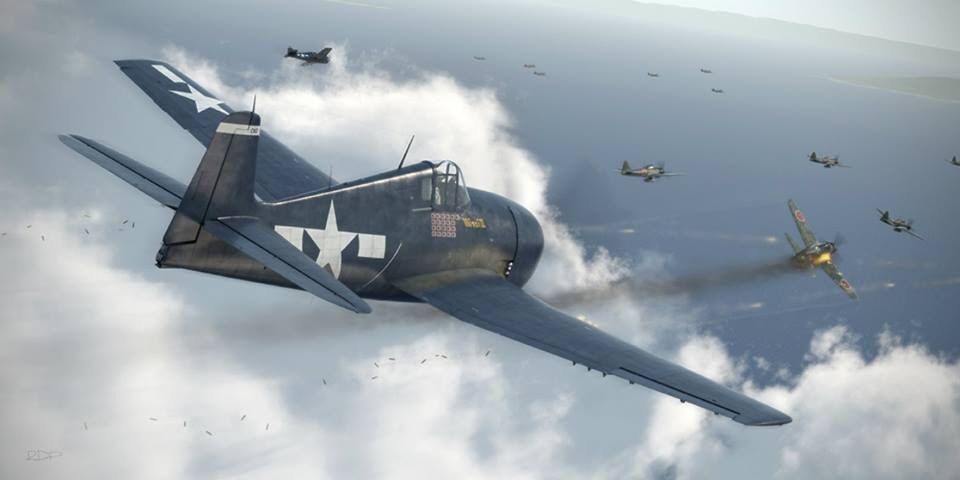
With US Navy, the Hellcat fought mostly at the Pacific Theater of the World War II but in the hands of the British Fleet Arm, it served across the world. The aircraft was used in fights in the Far East, the Mediterranean and the coast of Norway. Britain at that time was holding their power on multiple naval fonts.
Night Fighter:-
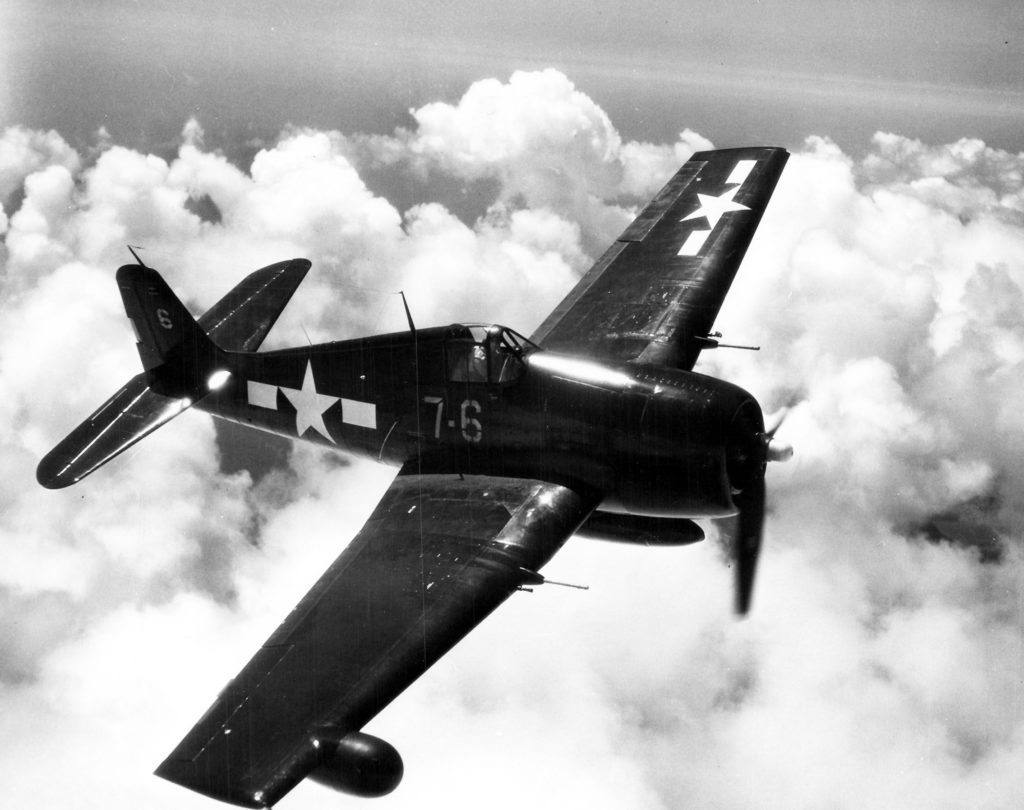
During the early period of the year 1944, a new version of the Hellcat was introduced which came equipped with a radar system. This allowed the Hellcat to detect the Japanese aircraft in the dark, mostly at night.
End of Line:-
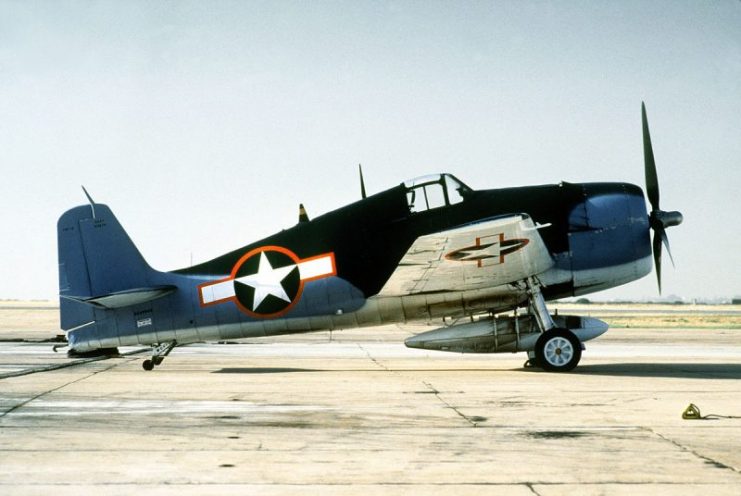
Back in November 1945, the production of Hellcat was closed down. With the end of the World War II, it meant a sudden drop of the military budget. With the already thousands of these aircraft present, there was no need to build more of them. The future was for the jet fighters which emerged during eh final year of the war.
Related Content
Amazing facts about Messerschmitt Me262; The World’s First Operational Jet Fighter

